How much ‘du’ you really know about Manual?
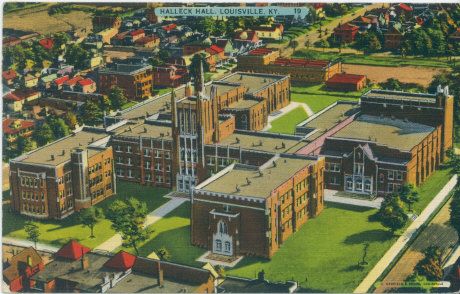
January 30, 2020
If you are a student, faculty member, family member or spectator of Manual High School you might think that you know a lot about the school and its history, but you may not know as much as you realize.
duPont Manual has a history unlike many schools in JCPS. From being an all girls school, to being the most innovative building design of the twentieth century, to training girls to be machinists, Manual is full of facts that you might not have heard before.
The information below was found in Stand Up and Cheer, a biography about Manual written by Mike McDaniels. There are copies of the book available in the library at duPont Manual High School.
Louisville Girls School
The first thing you may not know about the history of Manual is that it was originally an all girls school called Louisville Girls High School.
It started with 69 students and three faculty members in a building on Center and Walnut Street in 1856. The school moved to a new building in 1923 on 5th and Hill street. The building could comfortably hold 1,400 students, but by 1923 the total number of students was 2,600. Luckily, around this time Atherton and Shawnee High School opened and reduced some of the crowding within Manual.
In 1933, Manual High School was moved for the third and final time to its current home on 2nd and Lee St.
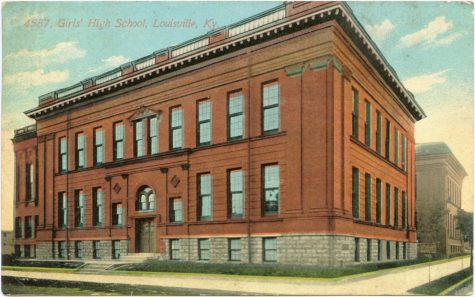
duPont Training School
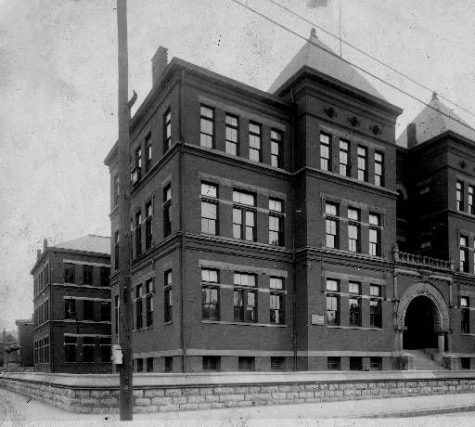
The funder of duPont Manual High School also funded the duPont Training School. This was an all-boy school opened to train young boys in the city for realistic life duties. It differed from a normal high school in that it was a three year course that prepared boys for industrial pursuits.
The training school was originally located on Brook and Oak St. with just 109 students. At this time Louisville had two all boys schools: duPont Training School and Male High School.
In 1915 the city no longer had enough money to fund two separate all boys schools, so both of the schools combined and became one from 1915 to 1919.
In 1950, when the idea of coed schools were being popularized, the city merged the Louisville Girls School and the duPont Training School and named it duPont Manual High School. The two moved into the current home of the Crimsons: Halleck Hall.
Halleck Hall
Once the building, known as Halleck Hall, was built it was said to be the most innovative building design of the 20th century in the city. While most of us believe the building is an ‘H’ shape, the buildings architect designed it to be a ‘U’ shape with two rear wings to create a courtyard.
The 128 year old gothic building was voted the number one most beautiful public high school in the state of Kentucky by Architectural Digest in 2017.
In 1936, during World War II and before the two schools merged, what we know as the small gym used to be a training room for female machine workers. Since many of the city’s men were off in the war the city was training women to use machinery and tools in order to curate and develop metal.
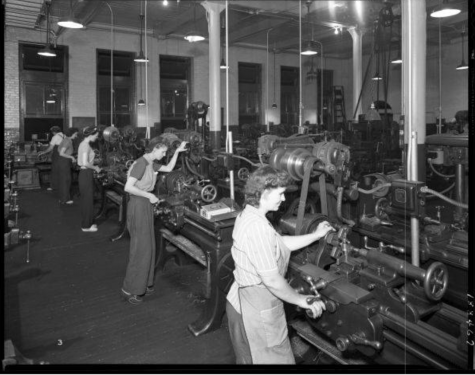
A history of protest
Jim Vesel, Manual’s football coach in the late ’60s, planned to have the team’s starting quarterback be a white senior with what were said to be “sub-par talents.” The predominantly black football team of the ’60s agreed that Kevin Gray, a black senior hoping to become quarterback, was more equipped for the position.
Students held a sit-in in center hall to protest the football coach’s decision and to begin their path of taking over the school.
This first protest in the late ’60s began a three-year long reign of disobedience by the student body. It got so bad that the principal, Newman Walker, had to beg the principal of Shawnee High School, George Sauer, to come in and take charge. Sauer began his leadership in 1971 when he decided to suspend any student disobeying school rules. On the first day of school he suspended 40 students.
He was determined to turn this school’s student body around no matter how many student suspensions it took. During the second football game of the year in 1971 there was to be no pregame pep rally. This upset the students and lead them to band together and plan their own to take place in center hall after homeroom.
Once notified, Principal Sauer devised a plan with the faculty that the tardy bell would be extended by three minutes but after those three minutes all classroom doors would be locked and any student still in the hallway was suspended; Sauer suspended 152 students that morning.
“If you want to get back in this school, bring either your parents or a minister,” Sauer said (1971).
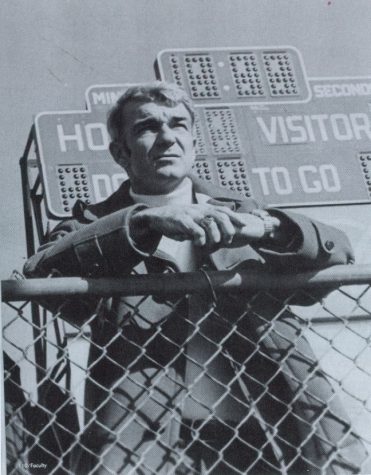
Before magnets
In the 1970s, duPont Manual High School had a total enrollment of 3,360 students. With this large amount of students the building itself couldn’t accommodate to every single one of them. The school placed 17 trailers in the courtyard to hold the students who couldn’t fit within the walls of Halleck Hall. The reason there was such a large study body compared to other schools in the city and in current times because it was 7th-12th grade. The building also had to have a separate one-story building in the front lawn to hold extra faculty offices and classrooms due to the overcrowding. The portable classrooms put in the courtyard and on the front lawn were taken away in the late ’70s just before the school converted to a 9th-12th grade magnet school in 1984.
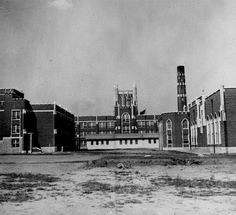
To conclude
duPont Manual High School has a history and background story like no other high school in the city. Many of us don’t know these stories, thanks to alumni, especially Mike McDaniels, who tell their stories and help tell other peoples stories, we can further understand what our school used to be and look forward to calling it a home for four years.








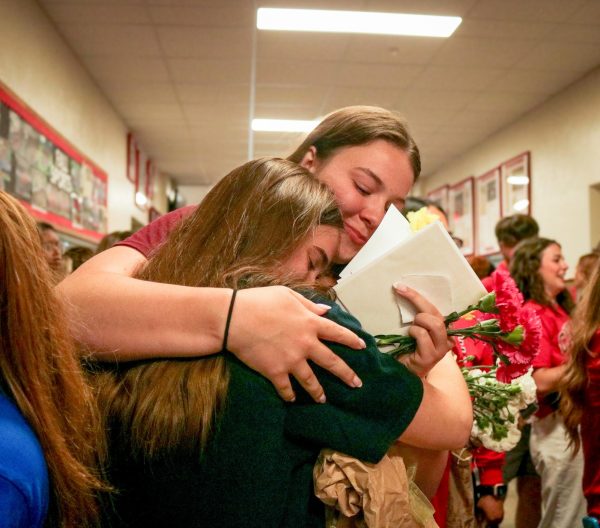
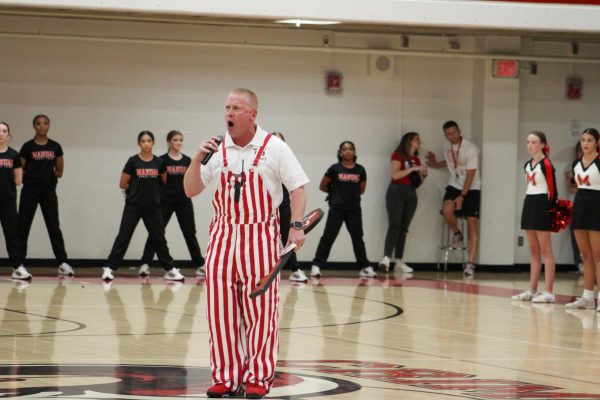


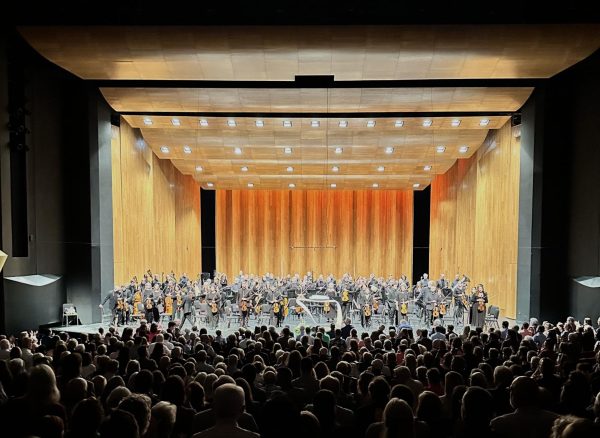
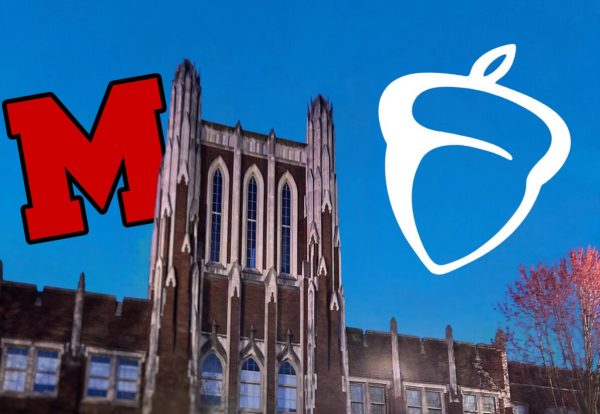
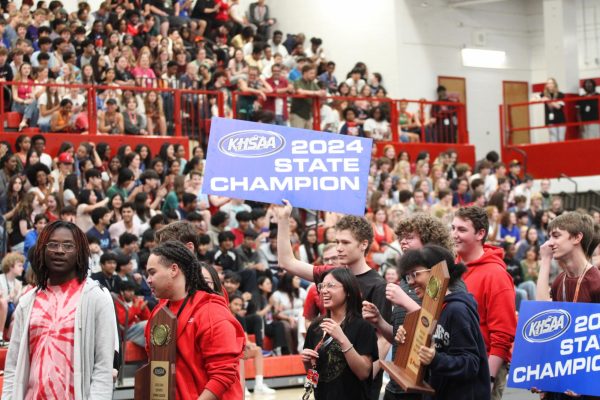
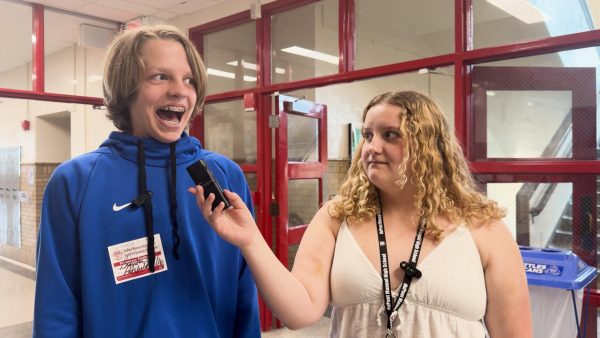
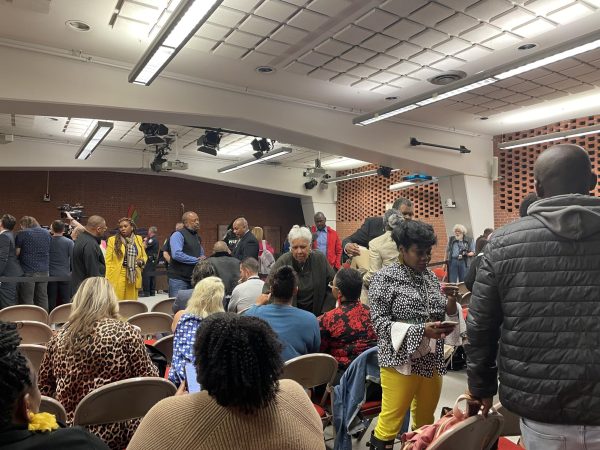

Donald R Wooldridge • Feb 25, 2023 at 1:30 pm
I went to school with Kevin for three years, I remember he was the starting quarterback of the JV football team and also started as quarterback for the Varsity for 2 years. He also played in the East West Football game in 1972.